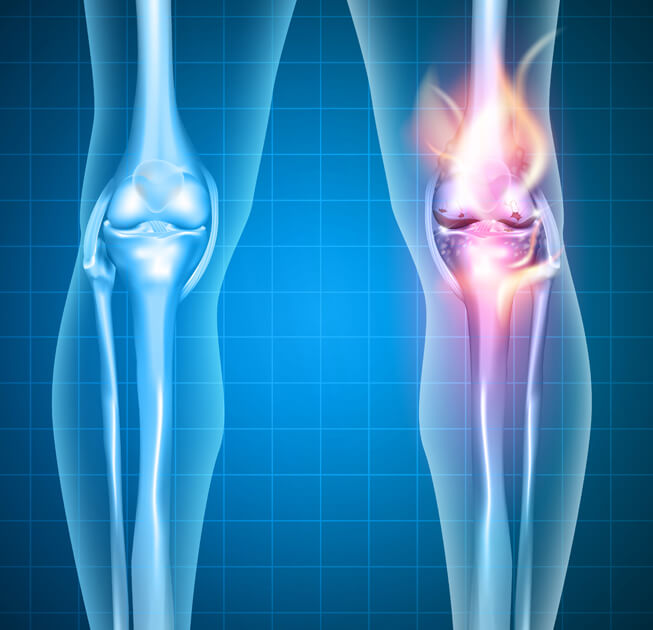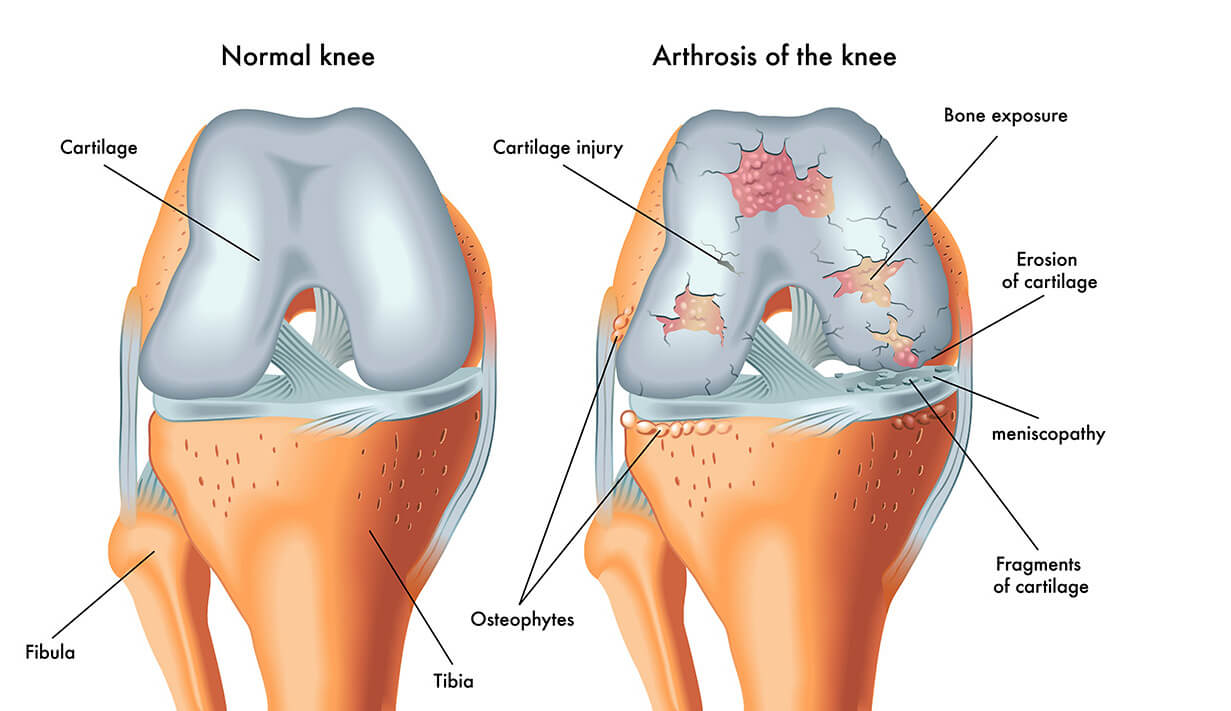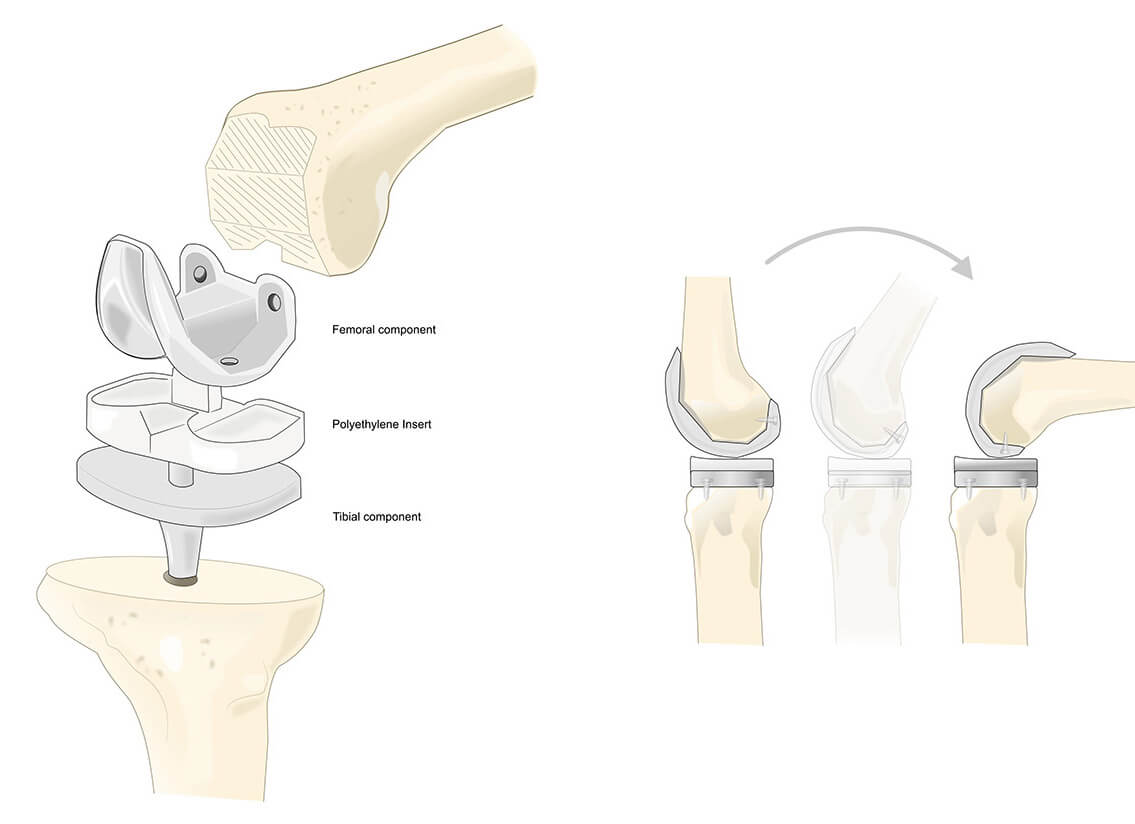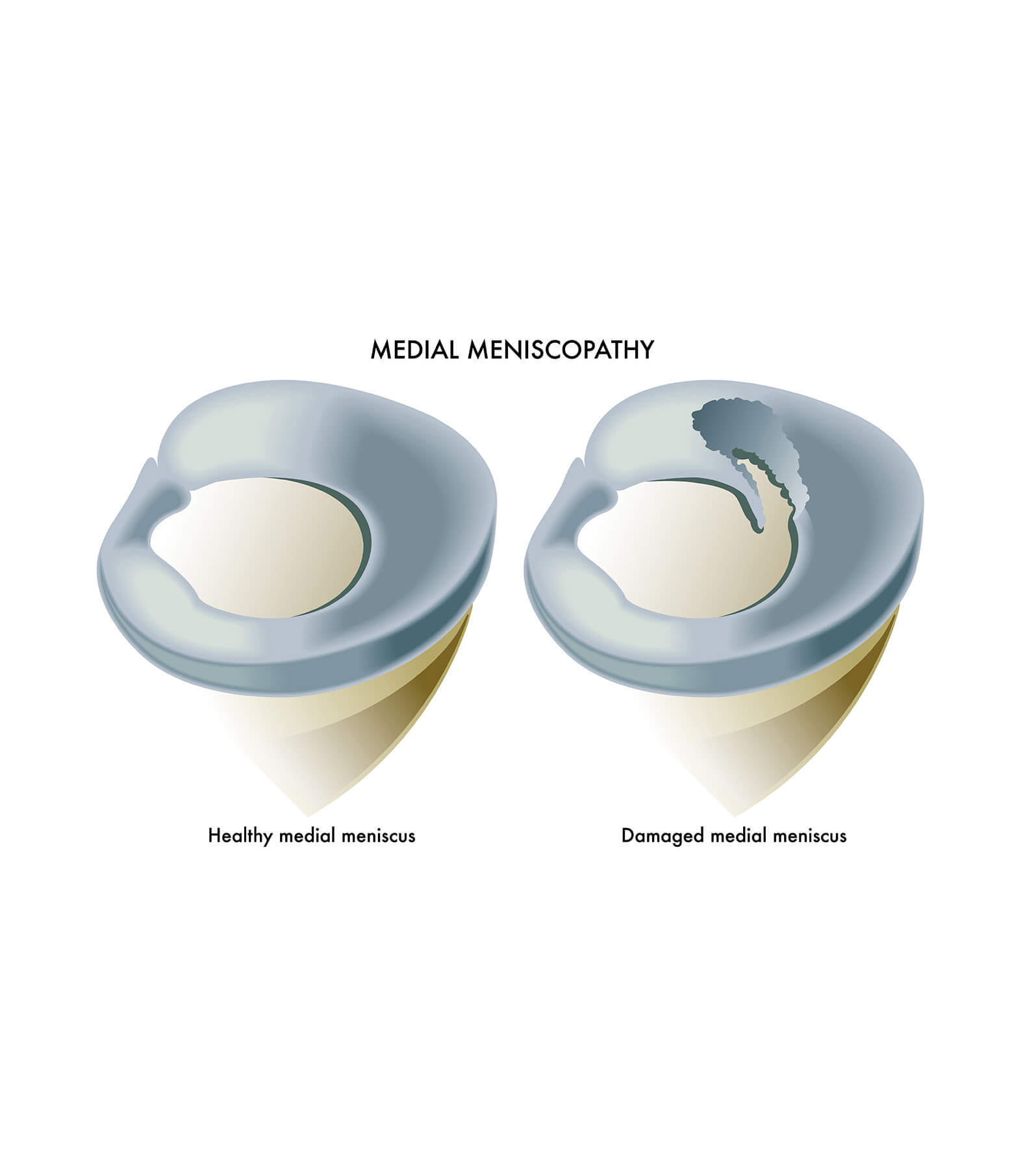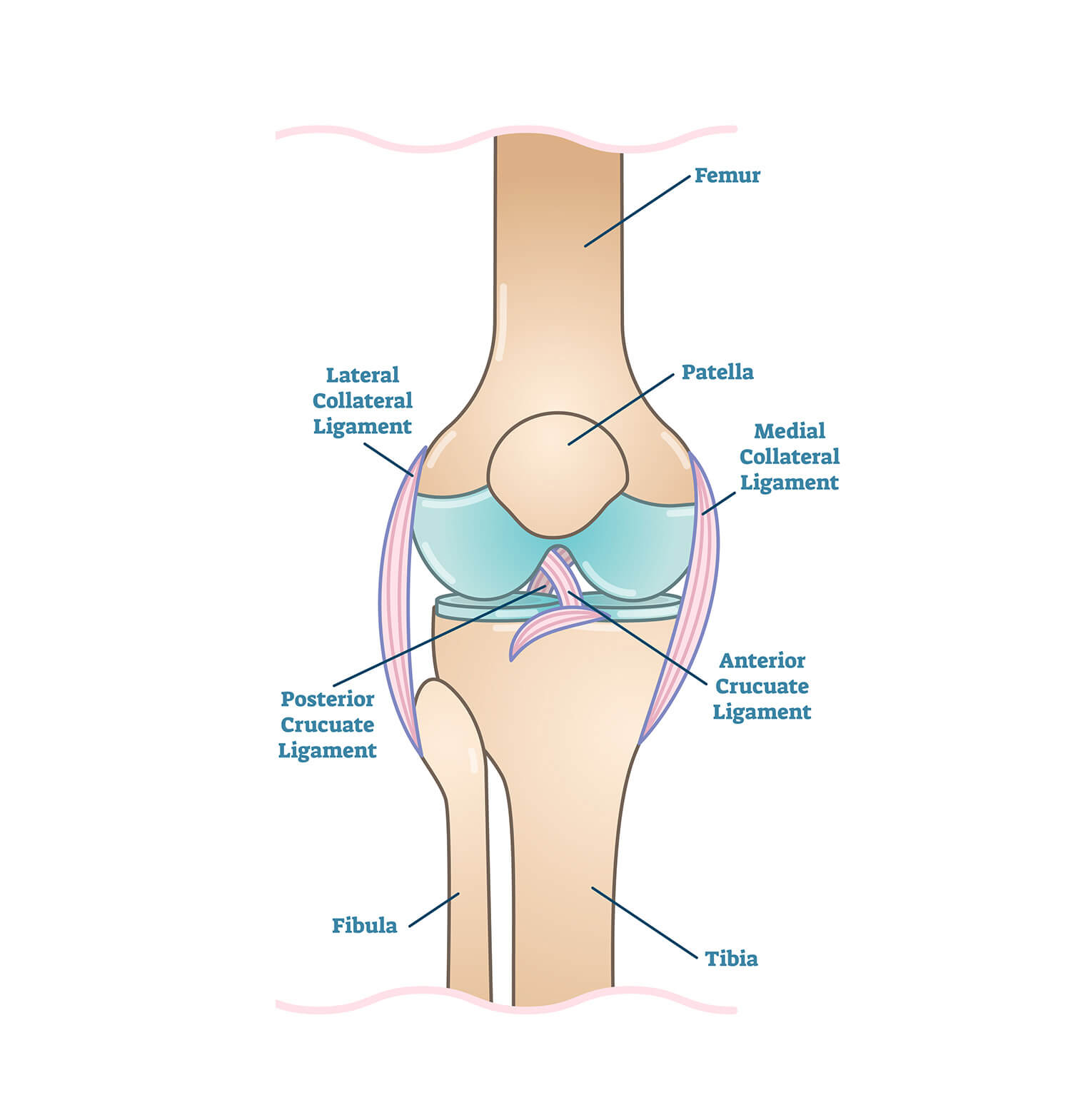Knee introduction
Fortunately knee problems are different at different ages and each particular structure usually has a specific group of symptoms.
Based on the patients story, what he finds when examining the knee and simple investigations such as an X-ray, Mr Murray is usually able to advise patients straight away what is causing their knee problem and what is the best way to get rid of that problem. Further investigations such as an MRI scan are sometimes required and these can be arranged very quickly.
Does your painful knee need an Attune up?
Mr Murray is delighted to be able to offer his patients the very latest design of total knee replacement.
Mr Murray has over 20 years experience with the PFC Sigma total knee replacement system manufactured by DePuy Synthes. The PFC Sigma is one of the most successful knee replacement systems available. Unfortunately, a proportion of knee replacement patients have ongoing pain or feelings of instability following surgery irrespective of the type of implants used.
The Attune Total Knee Replacement system has been designed by a large group of surgeons working with DePuy Synthes. The Attune system was designed to maintain the successful aspects of the PFC Sigma system whilst reducing the incidence of these untoward symptoms.
Since it’s introduction in 2012 the Attune Total Knee Replacement has been carefully followed up by numerous national joint registries and independent scientific studies. These studies have shown that the Attune knee is achieving the designers aims in reducing unexplained pain and instability.
These studies and registries have also shown that the Attune knee is as successful as other knee replacement systems at up to 5 years follow up. The number of Attune knees which have been implanted for longer than 5 years are too small to allow accurate, meaningful comparison. Unexpected complications have not been observed but may become apparent over time.
Following his training at the DePuy institute in Hamburg, Mr Murray is now able to offer this implant to his knee replacement patients at Kings Park Hospital, Stirling.
Knee Arthritis
Knee replacement
Mr Murray has been successfully replacing knees for over 15 years as a Consultant and also specialises in revising problematic knee replacements. Mr Murray will be able to advise you whether a knee replacement would be your best option as well as advising what the risks of surgery are.
Knee cartilage damage
Not all patients with a meniscal tear need any treatment as their symptoms will settle with simple pain killers and exercises. Mr Murray will advise you whether any surgery is required and if so, what sort of surgery.
Ligament Injury
The cruciate ligaments prevent the knee from dislocating forwards or backwards. As with the collateral ligaments, injury to the cruciate ligaments will often not require any treatment other than physiotherapy.
Mr Murray is an expert at diagnosing these types of injuries and advising patients what is the best way of managing thesir symptoms. On the rare occasion where a patient may need surgery to repair or reconstruct one of their knee ligaments Mr Murray will refer them on to colleagues who regularly perform this type of surgery.
Your Health Starts Here
Or call — 01786 451669
